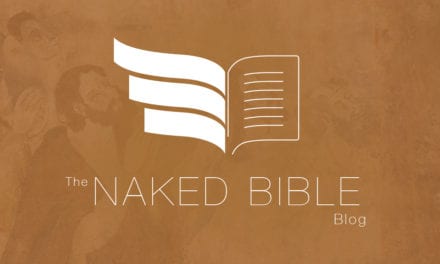Tallay Ornan’s important book, The triumph of the symbol: Pictorial representation of deities in Mesopotamia and the biblical image ban, is now available as a PDF for free download. Here’s the abstract:
This book analyzes the history of Mesopotamian imagery from the mid-second to mid-first millennium BCE. It demonstrates that in spite of rich textual evidence, which grants the Mesopotamian gods and goddesses an anthropomorphic form, there was a clear abstention in various media from visualizing the gods in such a form. True, divine human-shaped cultic images existed in Mesopotamian temples. But as a rule, non-anthropomorphic visual agents such as inanimate objects, animals or fantastic hybrids replaced these figures when they were portrayed outside of their sacred enclosures. This tendency reached its peak in first-millennium Babylonia and Assyria. The removal of the Mesopotamian human-shaped deity from pictorial renderings resembles the Biblical agenda not only in its avoidance of displaying a divine image but also in the implied dual perception of the divine: according to the Bible and the Assyro-Babylonian concept the divine was conceived as having a human form; yet in both cases anthropomorphism was also concealed or rejected, though to a different degree. In the present book, this dual approach toward the divine image is considered as a reflection of two associated rather than contradictory religious worldviews. The plausible consolidation of the relevant Biblical accounts just before the Babylonian Exile or, more probably within the Exile – in both cases during a period of strong Assyrian and Babylonian hegemony – points to a direct correspondence between comparable religious phenomena. It is suggested that far from their homeland and in the absence of a temple for their god, the Judahite deportees adopted and intensified the Mesopotamian avoidance of anthropomorphic pictorial portrayals of deities. While the Babylonian representations remained confined to temples, the exiles would have turned a cultic reality – i.e., the non-written Babylonian custom – into a written, articulated law that explicitly forbade the pictorial representation of God.





Ok. Now in English please. Is this abstract suggesting that it is only due to Babylonian influence that the Israelites attempted an “avoidance of anthropomorphic pictorial portrayals of deities.” And that before they had no problem of Yahweh being portraying pictorally?
“the exiles would have turned a cultic reality – i.e., the non-written Babylonian custom – into a written, articulated law that explicitly forbade the pictorial representation of God.”
So, the author is arguing that editors snuck the 2nd commandment into the Law of Moses long after the fact?
沃八达,逆向导购,自动下滑,三三倍增,十级提成。
①注册提成。有人在你网站注册你就有钱,阶梯制,最低每个 1 毛,最高 1 元。
②下线提成。逆向推荐模式,上线替下线发展,就算不推广,照样有钱赚,见点 5 元。
③直推提成。你自己每推荐一个VIP下线提成 50 元,满 3个开始下滑,但提成不会减少。
营销软件,无限下载,每日增加,永久更新。
免费注册网址:
http://www.lin152.wobada.com/?Action=xm2
沃八达
Sweet. Downloaded.